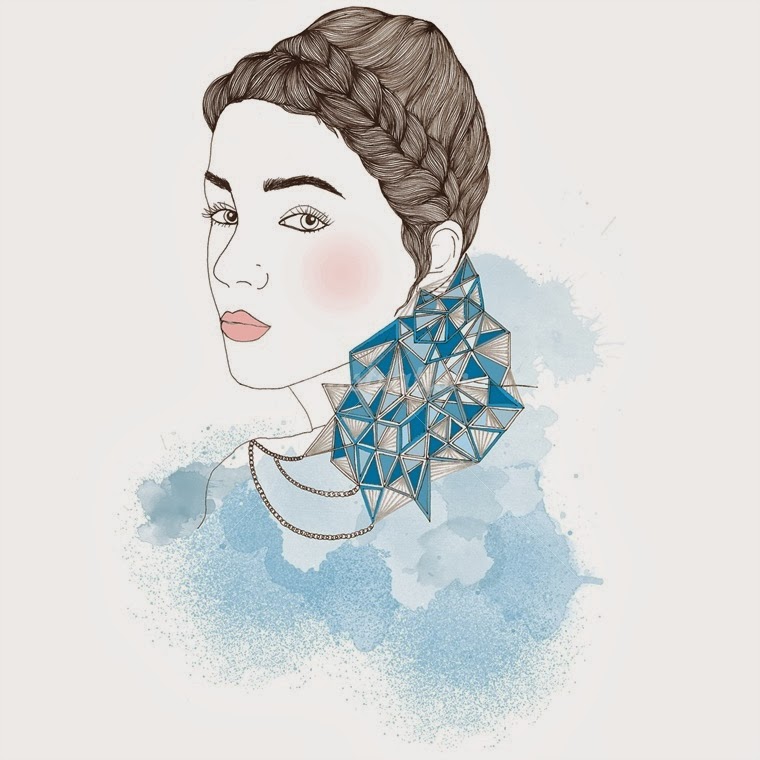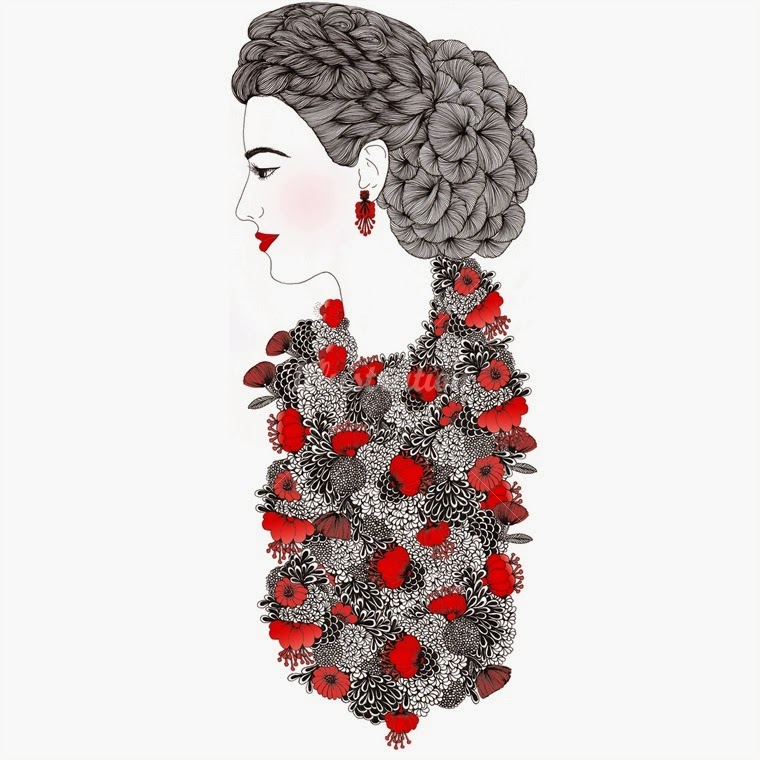Defining Target Markets
In my professional studies lesson, we covered how to define your target market and also how to understand and cater to their needs.
In illustration, well in any profession really, in order to sell your product you need to understand what your intended consumer wants and needs, this is known as my target market.
Every piece that I produce will have an intended consumer, the someone I want to purchase my work, and this may change from piece to piece. So it is always important for me to first define who I am aiming it at.
females or males
age groups
regional areas
education or interests
occupations
average incomes
These are just a few groups that I could look at and within these there are also smaller branches which would lead to a more select target market.
Each target market has their own needs and wants and to find out which I want my work to appeal to I will then have to research which groups are more drawn to certain things and what they want.
For example: stereotypically a male would prefer a piece of work in more masculine colours whereas a female would be more drawn to feminine colours and rounded shapes.
2- Before choosing my target market I would then also ask my self:
- would these people be attracted to my art?
- do these people make the decisions about buying art?
( If I aimed towards children I would also have to create a piece which deems appropriate by the childs parents)
- can these people afford my art
( there's no need aiming my work to someone if they cant afford it because it will never get sold )
- do these people have a need of some sort for my art?
(why, and what if these people decide to buy my art what would they do with it?)
- do I like these people?
(If I don’t enjoy being around them, I will dislike creating the work because Id have to spend a lot of time with them, thinking about them and researching them)
(If I don’t enjoy being around them, I will dislike creating the work because Id have to spend a lot of time with them, thinking about them and researching them)
3- After this I would then chose between 2-3 different markets which seem like good contenders. I will then go out (online or offline) and find people in that market and ask them questions. I wouldnt ask them questions about your business. Id ask them questions about themselves. In order to find out about there likes and dislikes.
4- After I have collected my data I will then decide on ONE target market and this will be the market which gave the data most fitting towards my project. If I chose more than one target market this would mean more research and more work overall.















